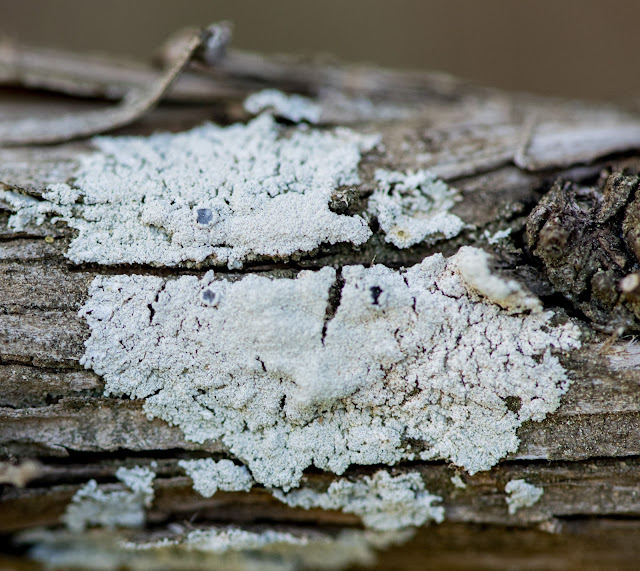Thallus foliose 4-5 cm diameter,
narrow-lobed, grey-white, the central parts covered by isidia-like pustules
dissolving into granulose soredia. Medulla white. Lower surface white in the
margins, dark in the center. Asci 8-spored, ascospores brown 1-septate, 15-24 x
7-11 µm.
Photobiont: Chlorococcoid.
Habitat: growing mainly on trees, also on rocks in open sites, rich on nutrients. In Catalonia in localities near the Mediterranean sea.
Location: Bosc de la Marquesa, Tarragona (Tarragonès).






No comments:
Post a Comment
Note: Only a member of this blog may post a comment.